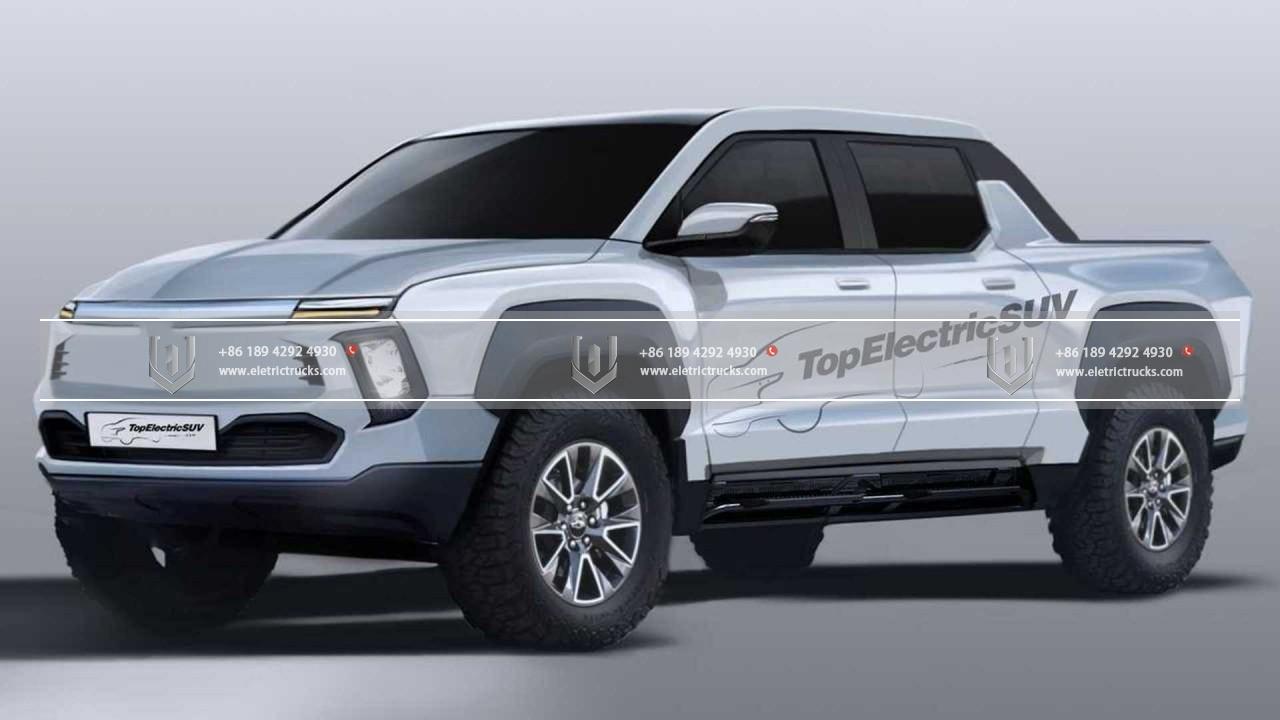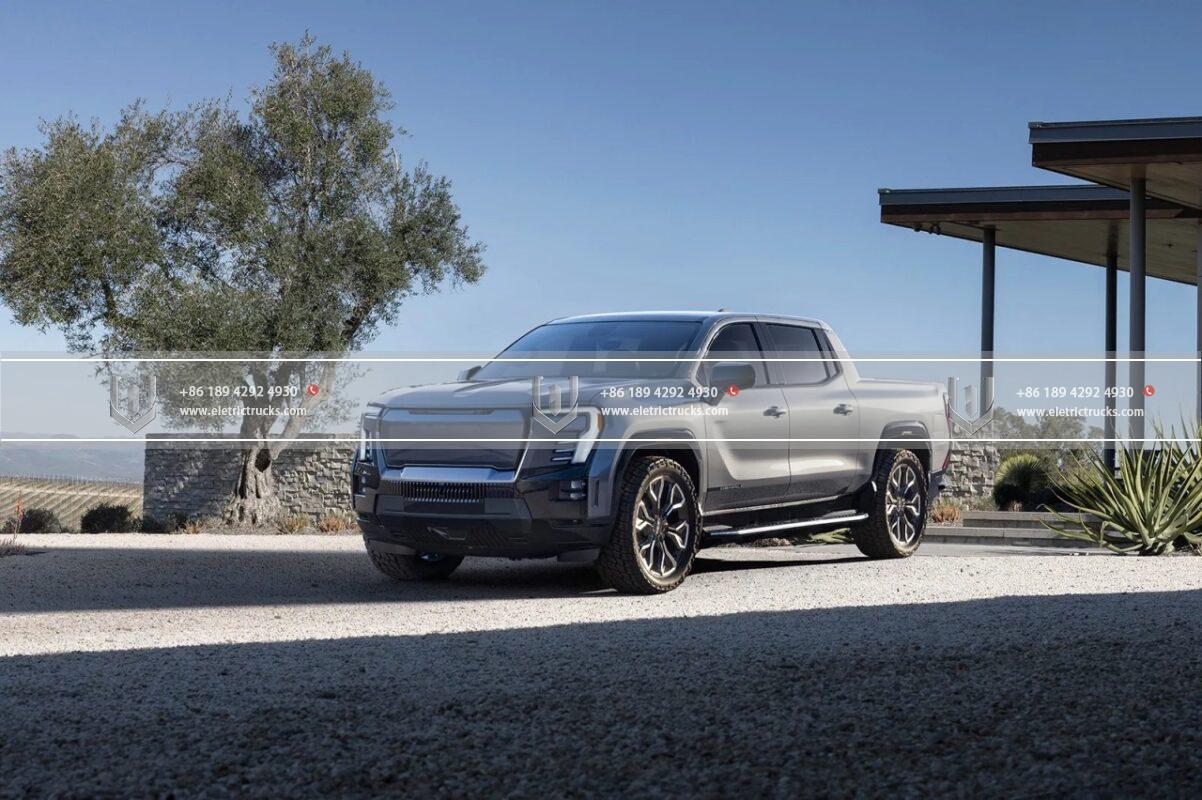Te matauranga hiko
Charging Ahead: The Latest Advancements in Electric Truck Technology
The transportation industry is experiencing a significant shift towards sustainability, me Nga waka hiko (EFS) have been at the forefront of this revolution. Inā electric cars have been making headlines for their environmental benefits and cutting-edge technology, there is another segment of the market that is gaining traction: taraka hikos. Electric truck technology has been rapidly advancing, me te latest developments are poised to revolutionize the way we think about heavy-duty transportation.
One of the most significant advancements in Hangarau Kaihono hiko is the improvement in Te hangarau o te pākahiko. Batteries are the heart of any Te hiko hiko, and their efficiency and capacity directly impact the truck’s range and performance. I nga tau tata nei, we have witnessed a remarkable improvement in Te hangarau o te pākahiko, with companies like Tesla, Ruki, and Nikola pushing the boundaries of what is possible.
These advancements have resulted in taraka hikos with longer ranges, faster charging times, and increased payload capacity. Hei tauira, te Tesla Semi, set to be released shortly, boasts a range of up to 500 miles on a single charge, making it suitable for long-haul routes. Tāpiritanga, advancements in Matū Pūhiko have allowed for faster charging, with some trucks able to achieve an 80% charge in under 30 minutes.
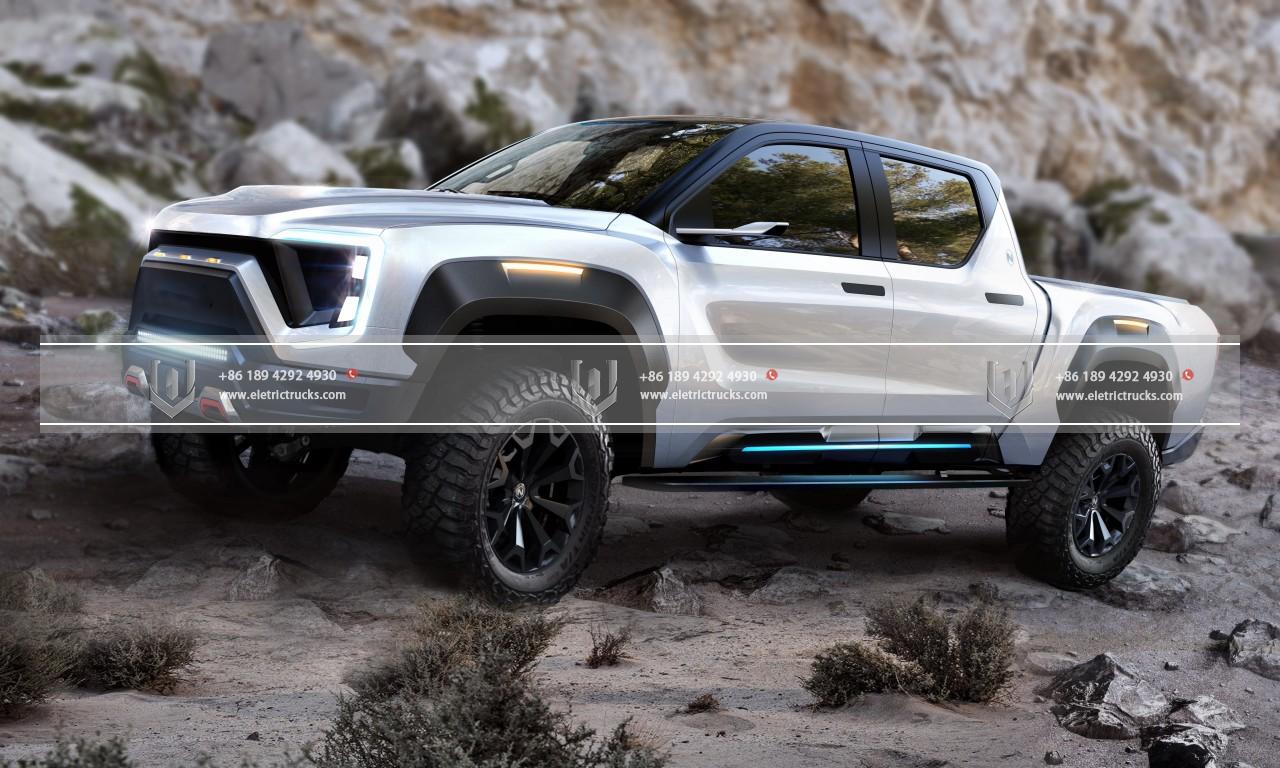
Another area where Hangarau Kaihono hiko has seen significant advancements is in the realm of autonomous driving. Inā autonomous driving is not exclusive to taraka hikos, the combination of electric propulsion me self-driving capabilities has the potential to revolutionize the umanga taraka. Taraka hiko motuhakes have the advantage of lower operating costs, reduced driver fatigue, and increased safety.
Ka rite nga kamupene TuSimple me Waymo are leading the way in developing autonomous electric truck technology. These trucks use a combination of sensors, cameras, and artificial intelligence to navigate the roads and make real-time decisions. While there are still regulatory hurdles to overcome before we see fully autonomous electric trucks on the roads, the progress made so far is impressive and holds great promise for the future of trucking.
Tīmata, charging infrastructure plays a crucial role in the widespread adoption of taraka hikos. To meet the demands of an electric truck fleet, an extensive network of charging stations needs to be in place. Fortunately, Te Whakahauma Whakahaumaru has been expanding rapidly, thanks to partnerships between government agencies, utility companies, and private businesses.
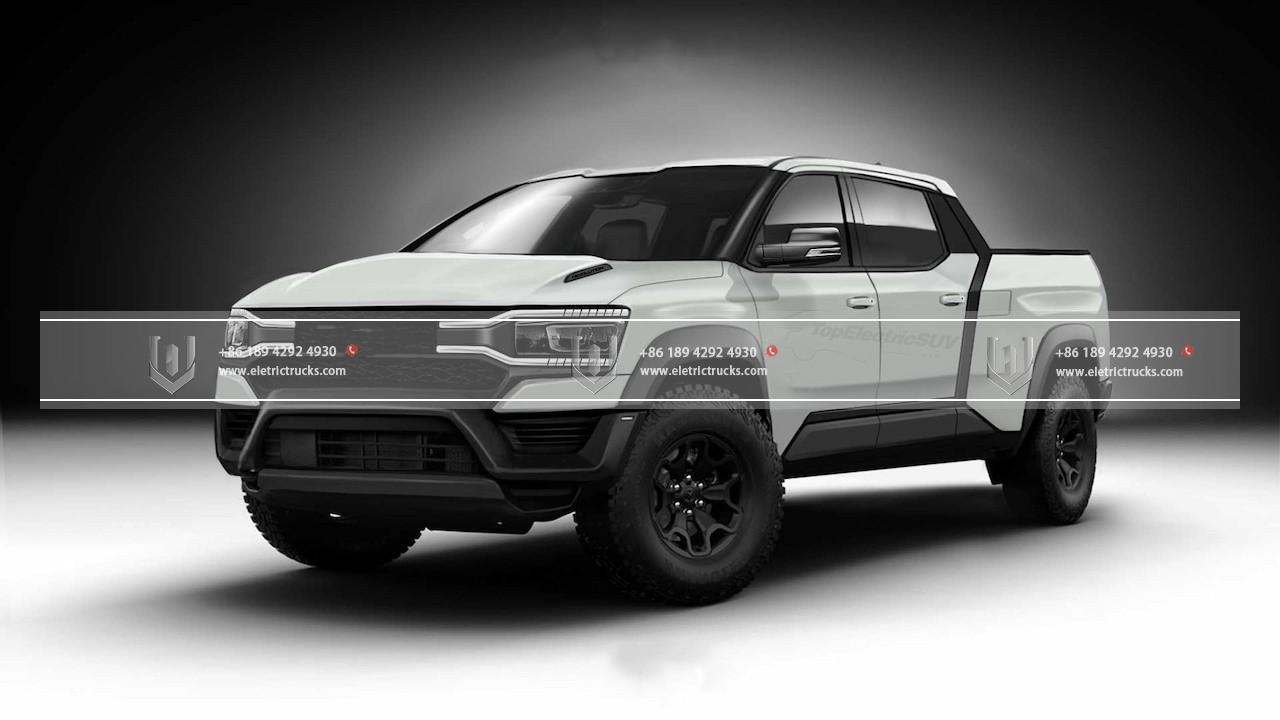
High-power charging stations capable of delivering hundreds of kilowatts are being deployed along major trucking routes and in logistics hubs. These stations can recharge an taraka hiko‘s batteries in a fraction of the time it takes for traditional charging methods. Tāpiritanga, advancements in wireless charging technology are being explored, which could eliminate the need for physical charging stations. This would enable trucks to charge while in motion, extending their range and reducing downtime greatly.
One of the concerns often raised about taraka hikos ko ratou towing and hauling capabilities. Heavy-duty trucks are often required to transport massive loads over long distances, and skeptics have questioned whether taraka hikos can compete with their diesel counterparts. Hoianō, recent advancements i roto Hangarau hiko hiko have put these doubts to rest.
Taraka hikos are now equipped with powerful electric motors that can deliver impressive torque and towing capacity. The instant torque provided by electric motors allows trucks to accelerate quickly, even under heavy loads. Tāpiritanga, the design of electric drivetrains allows for more efficient power transfer, resulting in less energy waste me improved overall performance.
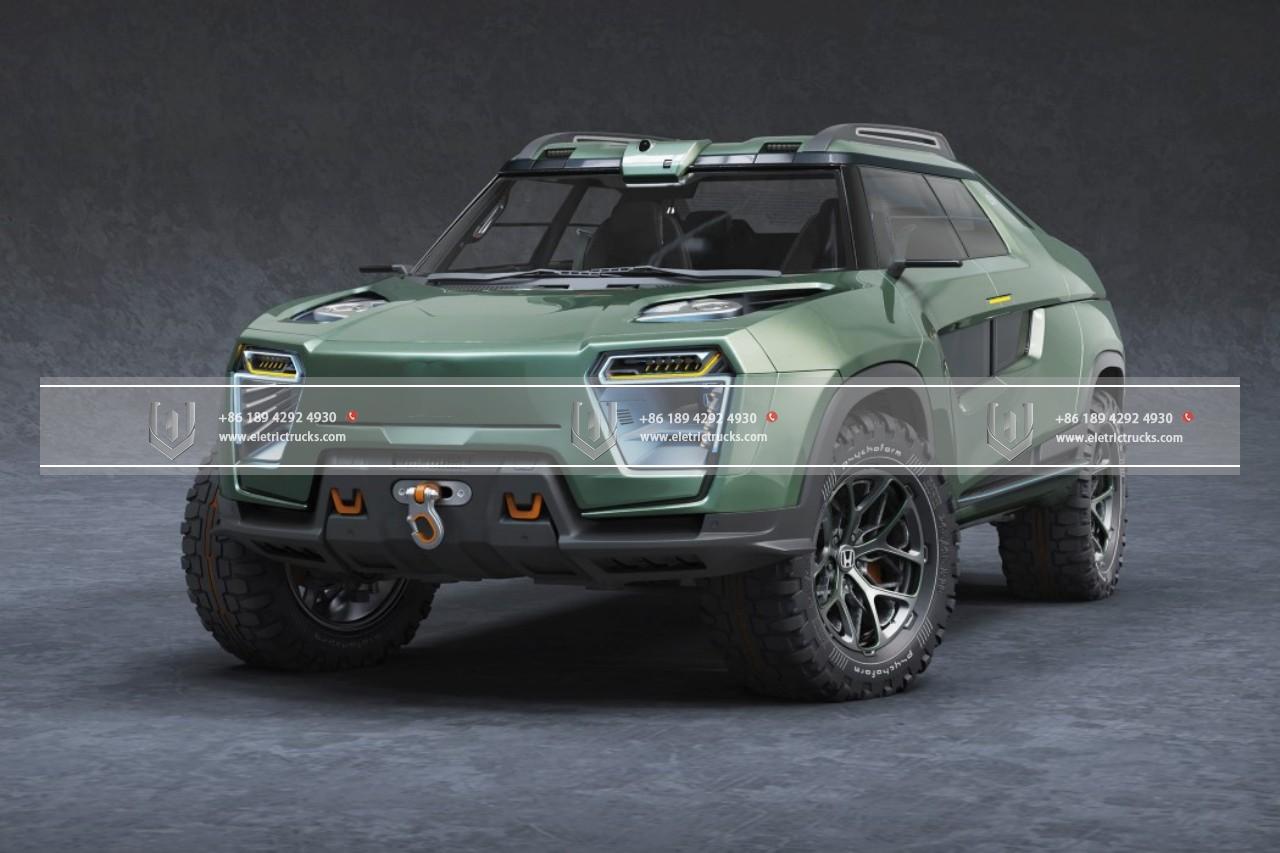
Tuhinga o mua taraka hikos extend beyond the environment and operational efficiency. They also provide a quieter and smoother driving experience, Te whakaiti i te aukati haruru i roto residential areas and improving the quality of life for both drivers and nearby communities. The absence of tailpipe emissions eliminates harmful pollutants, Te koha ki cleaner air and better public health.
Hei mutunga, the latest advancements in Hangarau Kaihono hiko are propelling the industry forward at an unprecedented pace. From improved battery technology and longer ranges to autonomous driving capabilities and expanding charging infrastructure, taraka hikos are poised to become the future of heavy-duty transportation. As environmental concerns and the need for sustainable solutions continue to grow, taraka hikos offer a viable and promising alternative to traditional diesel-powered vehicles. With ongoing research and development, we can expect even more exciting advancements shortly, mahi taraka hikos a dominant force on the roads and charging ahead toward a greener and more efficient future.
